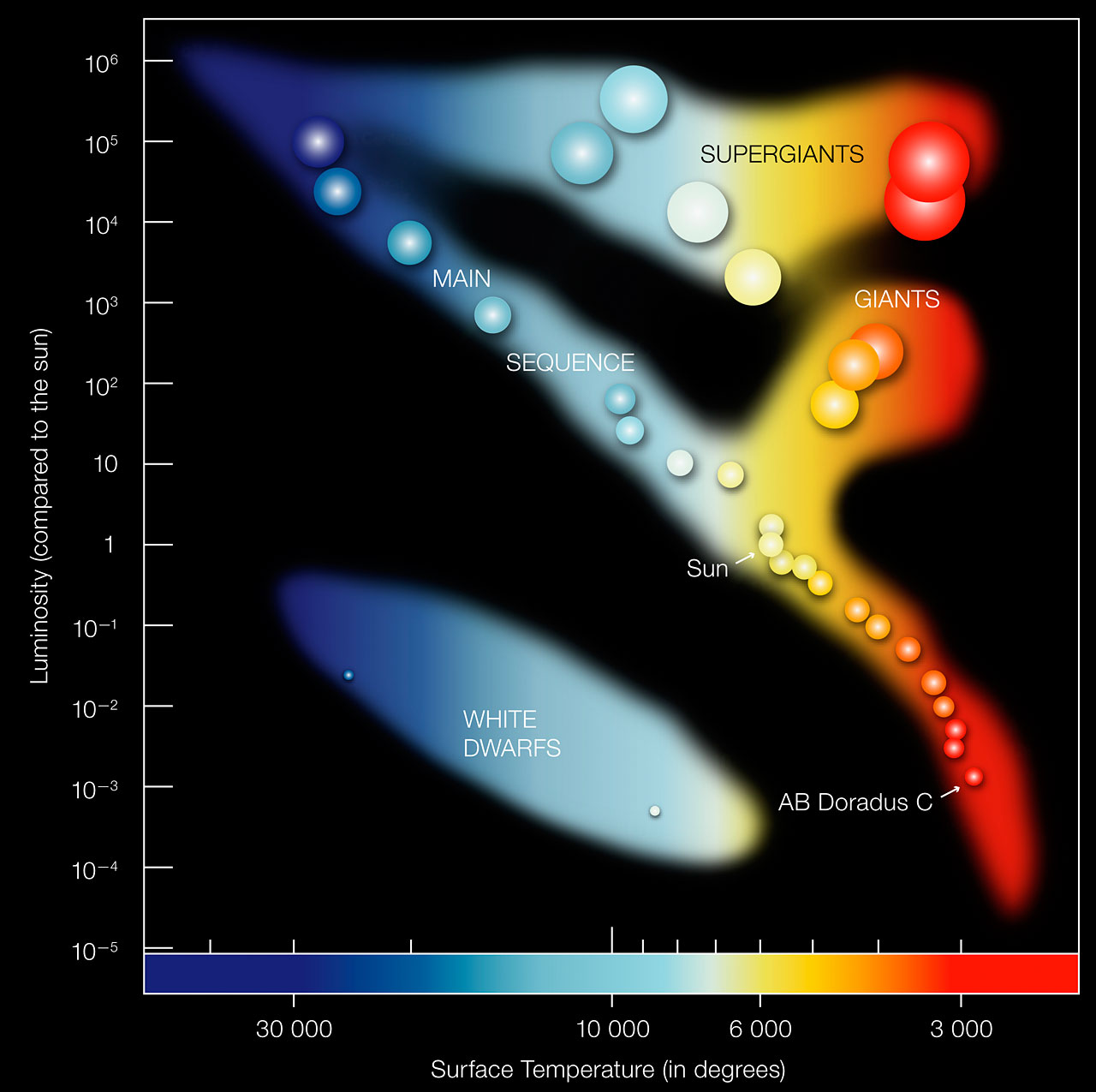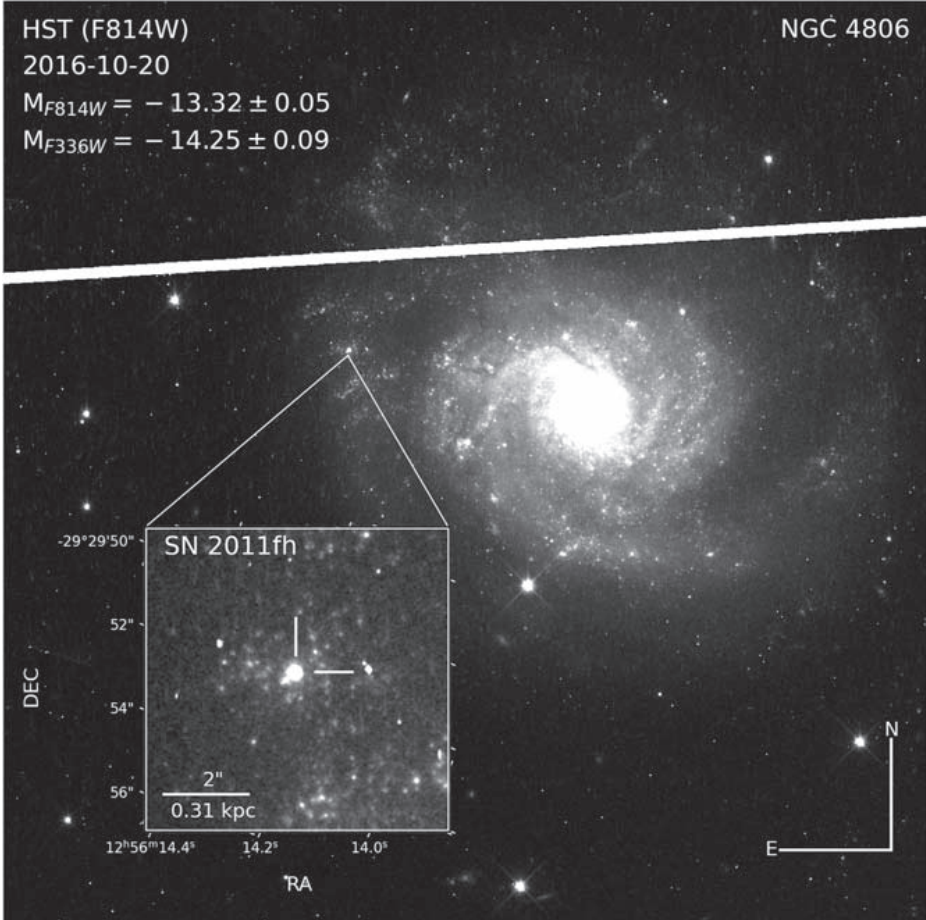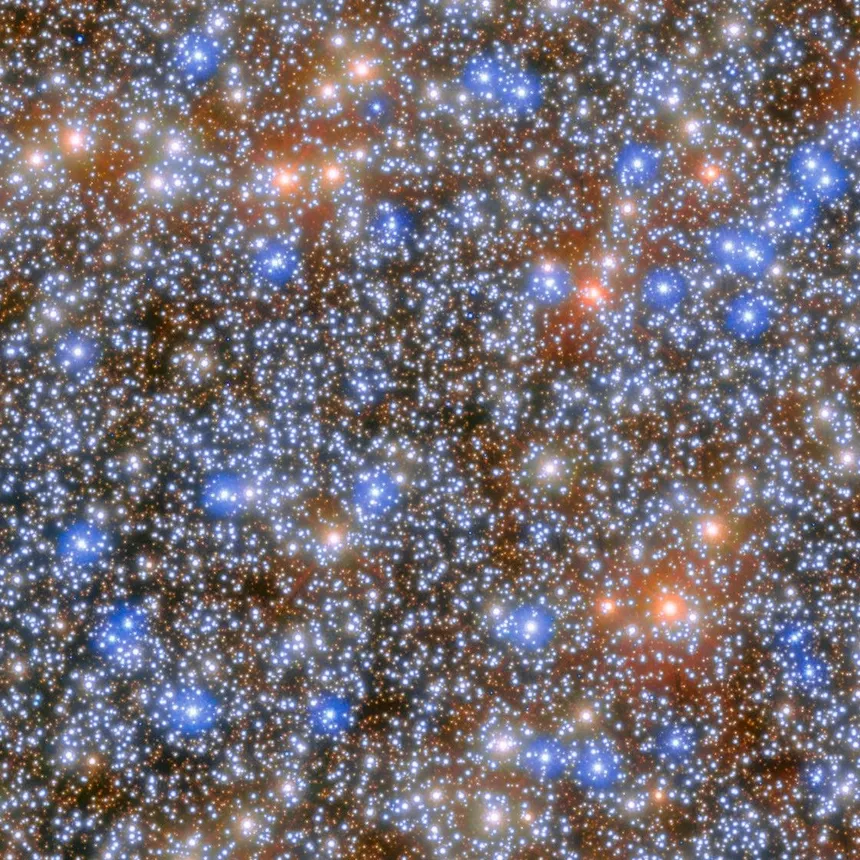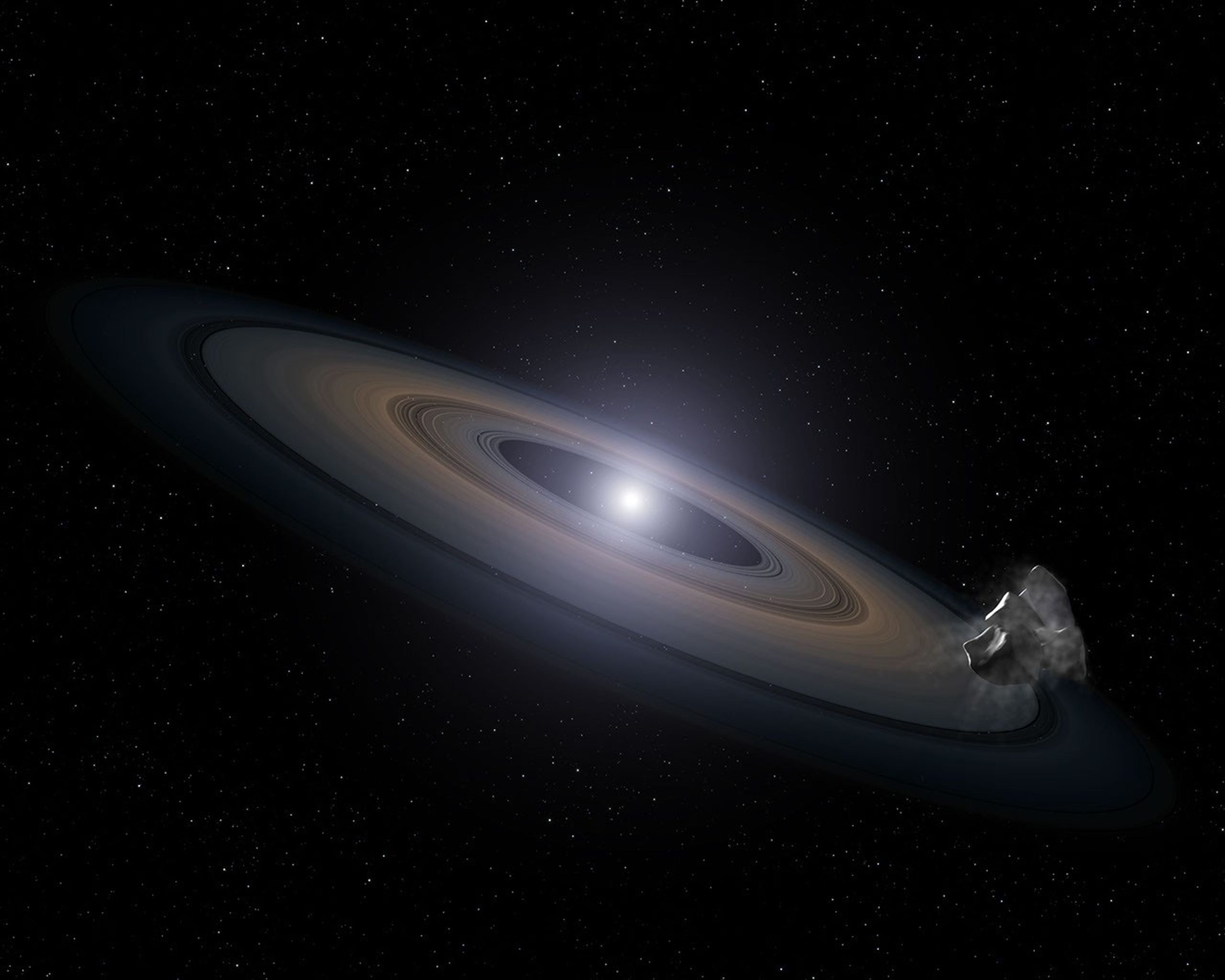Stellar and Galactic Astronomy
Stars are the candles of the Universe, and as such the Stellar and Galactic Astronomy area is the window through which we study their structure and life cycle to answer an extensive variety of astrophysical phenomena. At the IEA, we study the stars as complex celestial objects, stars as explosive and variable objects, stars as key components of galaxies, and stars as planet hosts. Explore below featured projects in each section.
This area focuses on the study of stars and stellar phenomena for a variety of applications. Among these, we emphasize stellar spectroscopy, transients, supernova events and stellar populations in the Milky Way and near-by galaxies.
We are heavily involved in projects such as ASAS-SN to detect and study various explosive transient events in the Universe and also variable stars in the Milky Way and local galaxies. Supernovae are of great interest not only because they mark the deaths of stars, but also because they contribute to the chemical enrichment of the Universe, can be used to estimate precise distances to galaxies, and they interact with their surroundings, influencing the evolution of galaxies. We use optical and near-IR observations (photometry and spectroscopy) from different telescopes to study the properties of explosive transient events and their host galaxy environments to study their progenitor stars and explosion physics.
Our research also focuses on stellar atmospheres, particularly the determination of stellar parameters and chemical abundances for thousands of stars. This information is then used to analyze the stellar populations of the Milky Way and neighboring galaxies, allowing us to reconstruct the formation and evolution of spiral galaxies by using their chemical compositions as fossil records.
Thanks to SDSS-V—specifically the combination of the Milky Way Mapper and the Local Volume Mapper—new opportunities are emerging to integrate stellar spectra with the chemical properties of the interstellar medium (ISM) in the Milky Way. This will revolutionize our understanding of how galaxies like our own assemble. Our expertise in analyzing both high-resolution stellar spectra (e.g., from MIKE, UVES, APOGEE) and high-quality integral field unit (IFU) data (e.g., from MUSE) has led us to play a leading role in key working groups within both the Milky Way Mapper and the Local Volume Mapper.
Other topics of interest in this area include compact objects, binary stars, variable stars, dwarf galaxies, metal-poor stars and planet-host stars.

Stellar Structure and Evolution
From massive stars to cool dwarfs, we study the physical processes behind how stars are born, evolve, and how they are affected by internal and environmental factors. By modeling stellar atmospheres, binary interactions, and investigating fundamental parameters across the evolutionary phases in the HR diagram, we try to understand the physical mechanisms that govern the life-cycle of stars in our Galaxy and beyond.

Supernovae, Transients, and Variable Stars
We explore the dramatic explosive stages that mark the deaths of stars — supernovae — to unveil the nature of their progenitors. Our research also focusses on the physics driving transient phenomena and variable stars, and the impact they have on galaxy environments through feedback. Through time-domain surveys and targeted follow-up, our work allows us to trace how transient events shape galaxy evolution.

Stellar populations
To uncover the assembly history of the Milky Way and its neighbors, we decode the fossil records preserved in their stellar populations through Galactic Archaeology. Our work involves chemical tagging, kinematics analyses, and tracing star formation histories, and galactic phylogenetics using simulations and large spectroscopic surveys like the Milky Way Mapper and the Local Volume Mapper. With these instruments and techniques, we trace galaxy evolution across the Local Universe.

Stars as Planet Hosts
Stars often host planetary systems that form from the same molecular cloud. Studying stars and the material they accrete allows us to probe the formation, evolution, and composition of their planetary companions. By combining stellar and planetary chemistry, we study the building blocks and the physical processes that govern planet formation around stellar hosts.
